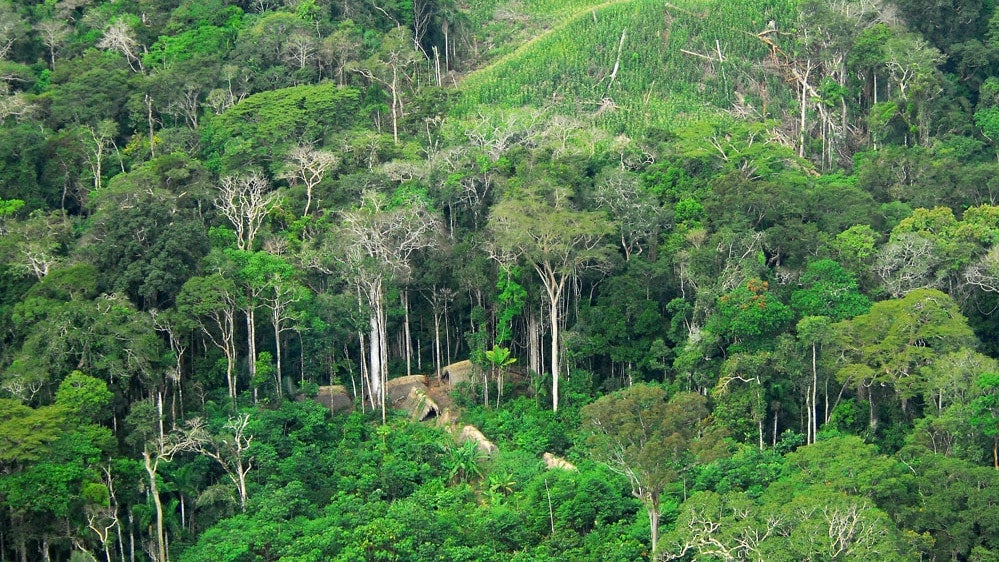Introduction to the Illegal Ivory Trade
Selling elephant ivory, a hard white material derived from elephant tusks, is strictly prohibited due to the frequent slaughter of elephants for their tusks. However, the sale of ivory from extinct mammoths is surprisingly permissible. The difficulty in distinguishing between the two types of ivory has led to illegal traders exploiting this loophole by mixing elephant ivory with legally traded mammoth ivory. Fortunately, a novel forensic tool may soon put an end to this illicit practice.
New Forensic Tool to Combat the Illegal Ivory Trade
Wildlife forensic scientists in China propose that authorities can differentiate between elephant ivory and mammoth ivory by analyzing stable isotopes, which are forms of elements that remain unchanged over time. If widely adopted, this approach could serve as a rapid preliminary screening method before employing more costly and time-consuming techniques.
Distinction Between Elephant and Mammoth Ivory
"Mammoth ivory is significantly cheaper than elephant ivory, but carvers and experts consider them distinct materials due to the lack of deep, creamy white color in mammoth ivory," said Pavel Toropov, a University of Hong Kong researcher and co-author of the study published in the journal Frontiers. "One trader likened them to a ‘Lamborghini and a Ford.’ Although mammoth ivory cannot replace elephant ivory, its value may lie in providing a legitimate cover for elephant ivory."
Current Methods for Distinguishing Ivory
Currently, the most accurate methods for distinguishing between the two types of ivory are molecular analysis and radiocarbon dating, both of which are expensive and time-consuming.
Investigating Isotope Ratios
The isotope ratios of elements vary depending on factors such as environment. Since Ice Age mammoths preserved in high-latitude Siberian permafrost inhabited a vastly different habitat than today’s tropical elephants, the isotope ratios in their tusks are expected to differ. Toropov and his team investigated whether analyzing these differences could provide a better method for distinguishing between the two types of ivory.
Stable Isotope Analysis
The team conducted stable isotope analyses on 44 pieces of elephant ivory and 35 pieces of mammoth ivory, specifically studying the stable isotope ratios of carbon, hydrogen, nitrogen, oxygen, and sulfur. Although there was notable overlap in carbon, nitrogen, and sulfur isotope ratios between the two ivories, the researchers found very little overlap in oxygen isotope ratios and none in hydrogen isotope ratios.
Distinct Isotope Signatures
"This is because the elements of water consumed by mammoths in high-latitude regions such as Siberia have distinct isotope signatures compared to the elements of water ingested by elephants in tropical latitudes," explained Maria Santos, the first author and a researcher from the University of Hong Kong. Simply put, analyzing the stable isotope ratios of oxygen and hydrogen in a suspected ivory object is an effective way to determine its origin.
Future Applications
While further research is needed before this approach can be used in court cases, "we hope that the protocol described in our study will be applied to screen large batches of supposedly mammoth ivory objects," Santos added. "Samples with an isotopic signature of elephant ivory can then be tested with more expensive and time-consuming methods, such as radiocarbon dating. This could help combat the illegal ivory trade more effectively and close the potential laundering loophole."
A Simpler Solution
In conclusion, a more straightforward solution to the problem of illegal ivory trade could be to make all ivory illegal, thereby eliminating the need for complex forensic analysis and the potential for exploitation.
Source Link




